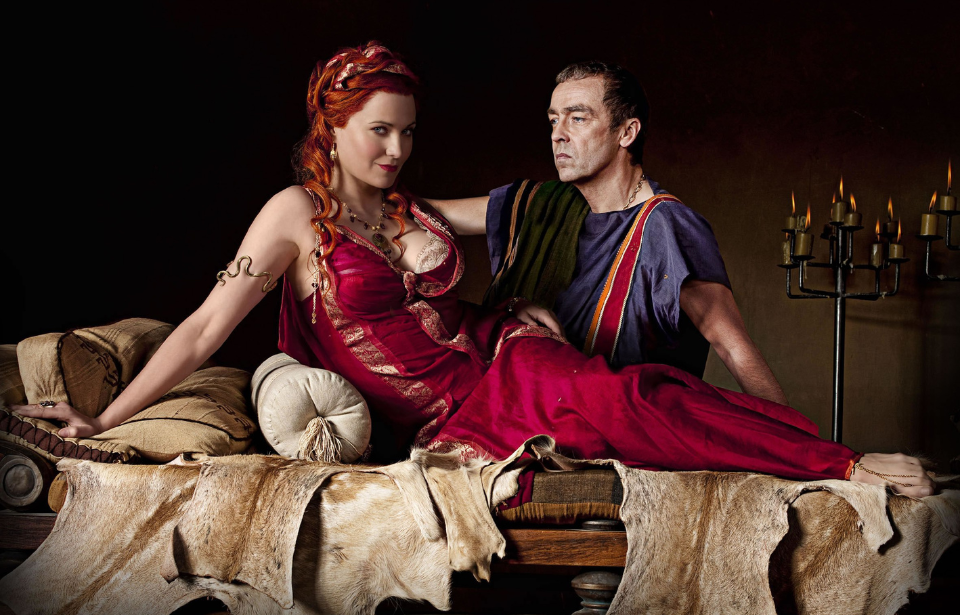Most movies or TV shows about the ancient Romans don’t shy away from sex, often depicting a society that approached it in a casual and carefree manner. Indeed, sex was important and essential to the Romans, but was it really like what is shown on screen? Discover the real and often surprising history of ancient sex.
Ancient sex and marriage
In ancient Rome, marriage was seen as a duty. This means that it was often more of an arrangement between families than it was based on romance, although there were undoubtedly some partnerships based on love. Marriage is usually considered one of the foundations of Roman society, and the fathers most commonly arranged it. They would find a match for their child, who was generally expected to accept no matter whether they wanted to or not.

Once married, the purpose of sex was to produce offspring. That isn’t to say there was no enjoyment, but sources indicate that this was more for men than women. The wife was expected to engage in the act to produce a long line of offspring for her husband. All the while, he might have has as many extramarital affairs as he wanted, so long as they adhered to the accepted societal standards.
One extremely public example of these distinctions at play was the relationship between Julius Caesar and Cleopatra. Although Caesar was married, Cleopatra wasn’t a Roman citizen, so his actions were completely acceptable.
On the other hand, the woman was supposed to remain loyal to her husband. There are some references in ancient works to the husband even having the right to kill his wife if he caught her cheating, although it’s unclear whether this was a formal law.
Gay was okay
It was entirely acceptable for men to engage in gay relationships in ancient Rome, even when married. It was almost an expected part of the arrangement. Young boys, other men, and infamis – actors and gladiators – were on the table so long as they weren’t freeborn citizens, an important class distinction.
In all of these instances, the man was expected to perform any act of penetration, an act linked to power.
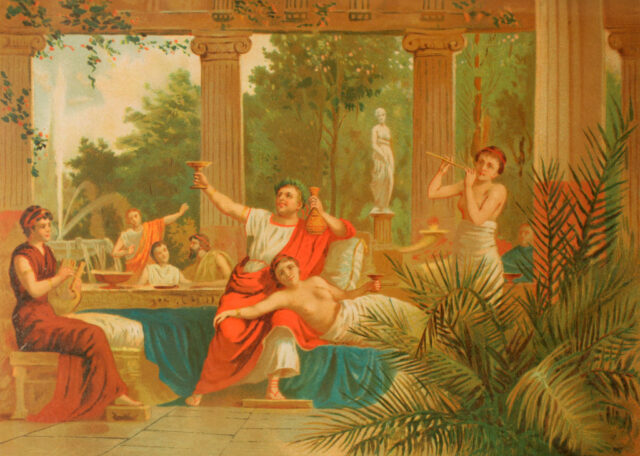
This isn’t to say that married and unmarried men had no relationship with those of the same social class. They certainly did. It just wasn’t something that was encouraged by society. This may sound like the ancient Romans were very liberal about homosexuality, and they were to a degree, but these standards didn’t apply to women. Lesbians certainly experienced more prejudice and discrimination than men in same-sex relationships.
Ancient sex work
Another area where extramarital affairs were okay was in the ancient profession of sex work. This wasn’t reserved only for husbands. Men of any social class were also able to engage in this behavior. Both male and female workers were employed at brothels but could also be found at many upper-class parties where fornication was almost a form of entertainment.
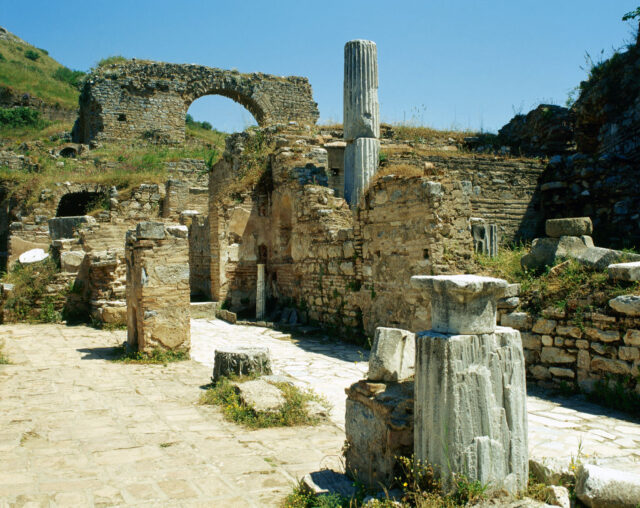
Typically the workers were enslaved people or freedwomen, so it isn’t easy to know how many were there by choice. Although not formally working in brothers, this also extends to enslaved people who were forced into sexual acts with their masters who, under Roman law, could exploit them no matter their age, as they were considered their property.
While sex work was common in ancient Roman society, it was still considered something lower-class individuals, such as the infamis, were employed to do. This was because there was a general stigma surrounding those who used their body to entertain others, whether through sex, acting, or fighting as gladiators. Owning a business of this kind was also unacceptable, so upper-class Romans would often pass off the day-to-day management to their slaves.
Completely accepted
Unlike many in modern society, the Romans were very open about their sexuality. Not only was there no word to differentiate between homosexual and heterosexual intercourse, but they were also highly public about their relationships. Ancient sex is a topic that historians know a lot about as it was discussed and recorded at great length by their society. Writers would include sex in their speeches, poetry, or literature without it being taboo.
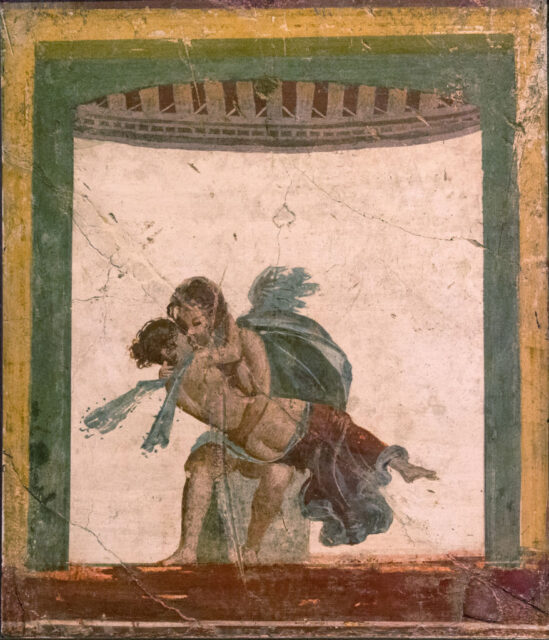
Works of visual art are perhaps an even better example of this, as they regularly included extremely detailed sexual scenes in mosaics, frescoes, and statues. This art has been found not just in brothers, but also in villas and other homes where it wasn’t hidden away. Even phallic objects were believed to have been commonly kept in public spaces as a form of good luck charm.
This openness also extended to the use of various toys. There are many well-documented examples of sexual objects made of stone, stuffed leather, or even carefully sculpted bread.
Strict laws
While views of ancient sex were often very open-minded compared to today’s standards, the Romans also ensured strict legal protections were in place, meaning that there were still rules to follow. One of these was the use of the death sentence for committing rape or nonconsensual sexual acts. The problem with this was that rape only applied to certain citizen classes. If a man did this to his slave, it was not considered a crime. If he raped the slave of another man, however, it was.
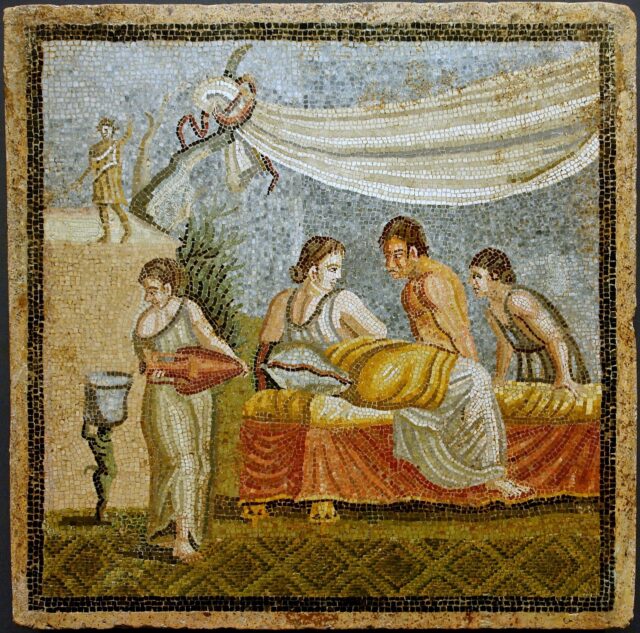
Typically, the state only got involved in sexual affairs when they went against how Roman society was supposed to function. In addition to the rules on rape, this included when a woman who had declared herself chaste wanted to change her mind, engaging in any sexual act with a freeborn citizen, chaste individual, or family member, and kidnapping a person with sexual intent.
More from us: Poena Cullei Was Ancient Rome’s Cruellest Punishment
In Rome, the approach to ancient sex was open-minded in some way, but it was primarily something that men would engage with at the detriment of the women and enslaved people surrounding them.
Share your comments below.
